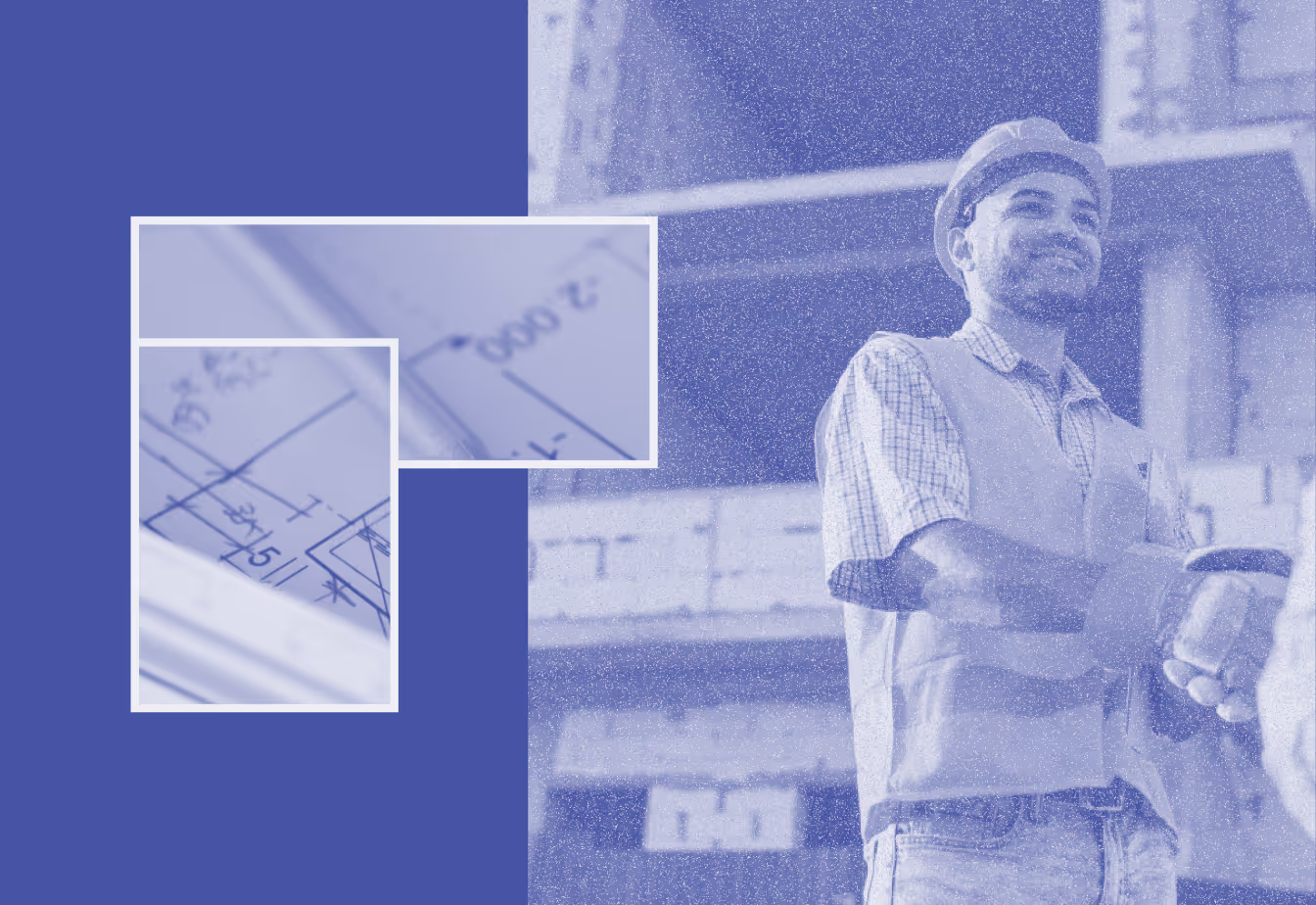The Basics of Lien Waivers

Construction projects are complicated and multi-faceted endeavors with a large number of involved parties. They encompass a broad range of potential risks that can result in serious financial consequences if the project is managed improperly. Lien waivers certainly fall into this risk category.
While lien waivers are sometimes viewed as a formality, if things go wrong in the construction process, disregarding lien waiver collection can make a bad situation even worse. Making sure that a tidy track record of lien waivers is maintained throughout development is one of the most important aspects of a construction project.
What is a Lien Waiver?
A lien waiver is a formal, legally binding document stating that the claimant (contractor, subcontractor, or supplier) has received payment for the agreed-upon service or materials and therefore waives any rights to file a mechanic’s lien on the property. In short, a lien waiver serves as a receipt for payment, and any financial transaction in the project is generally accompanied by a lien waiver.
Depending on the scale of the project and the number of involved parties, keeping track of lien waivers can be a daunting task. This is particularly true for large-scale construction projects where the number of subcontractors and suppliers involved in various stages of the project results in an enormous amount of lien waivers.
Types of Lien Waivers
Lien waivers are generally divided into two categories: conditional and unconditional. The main difference between the two is that unconditional lien waivers are effective as soon as they are signed, while conditional lien waivers are only in effect once a predetermined condition (most commonly, a payment) is fulfilled. Typically, conditional lien waivers are submitted with every contractor and vendor invoice, while unconditional lien waivers are signed by these parties upon receipt of payment.
Both types of waivers have two subcategories: waivers on progress payment and waivers on final payment. A waiver on progress payment is issued when the claimant is paid an agreed portion of their total pay (a monthly or other periodic installment), while a waiver on final payment is used once the claimant has been paid the total contract value.

What to Know About Lien Waivers
Different states have varying requirements regarding lien waivers. Sometimes, they dictate a specific type of waiver for construction projects, but in general, conditional lien waivers are considered good practice since they protect all parties involved. The claimants keep their rights to file a lien until they are paid while the payer is still protected from double payment.
Unconditional lien waivers are a bit riskier since they are effective immediately upon signing. For instance, a contractor can receive a check and sign a lien waiver, but if a check bounces the contractor has already signed a waiver and has no legal tools to recover the funds.
Some states regulate lien waivers more strictly and employ mandatory lien waiver forms. In such cases, it's a bit easier to manage lien waivers, since state-issued forms carry no hidden risks and dubious wording. In states that don’t regulate lien waivers as strictly, there are no set forms for lien waivers. Various construction contracts contain similar technical wording, which can make drafting a lien waiver confusing. For example, a “lien waiver” is not the same as a “lien cancelation” or a “no lien clause.” With that in mind, it's essential to pay close attention to the contents and the conditions of the agreement.
Lien Waivers vs. Lien Releases
While lien waivers are designed to prevent liens from being filed in the first place, lien releases are used to remove an existing lien. Parties who sign a lien release agree to cancel the lien they’ve placed on the property, usually because they’ve received payment in full. Lien releases usually aren’t standardized documents, but they usually include basic details like the property address and the date the lien was filed.
Managing Lien Waivers
In theory, lien waivers are beneficial to all involved parties, as they guarantee that all conditions of the agreement will be met. In practice, though, they can create major problems due to mismanagement or attempts to manipulate the rules. Management of these documents can be challenging due to the sheer number of involved parties.
Using a software solution like Rabbet, you can reduce the manual data entry associated with lien waiver management and focus on running your project smoothly. Rabbet uses AI-powered data extraction to help you avoid errors and pay contractors faster. Rabbet's lien waiver management tool allows for easy collection, review, and storage of lien waivers throughout the life of a project.
Learn about how to manage your real estate projects with Rabbet Construction Finance.
















